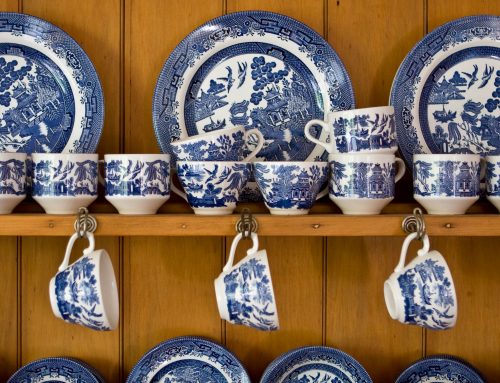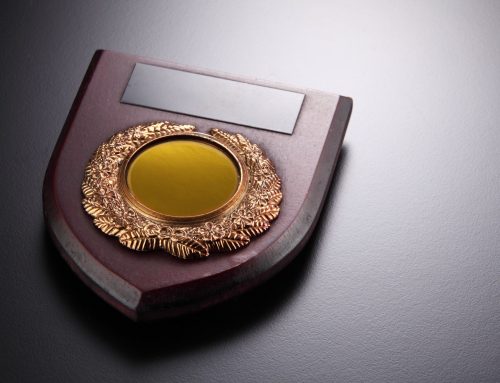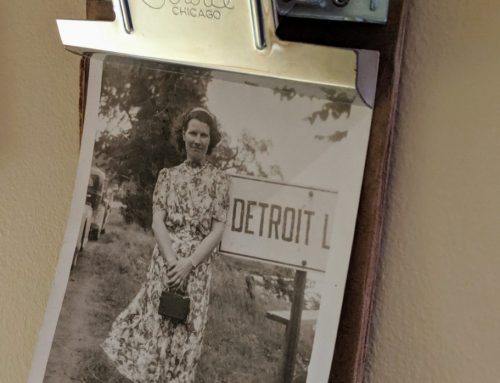If I get rid of it, will I still remember?
by Jeannine Bryant
I think this is the fear behind a lot of the “memory clutter” we all have in our houses: If I get rid of this, will I still remember? It might be an item that reminds you of your grandmother, or a memento from your honeymoon, or those baby clothes from your (now grown) children. These items are usually packed away in a box or a trunk, stacked in a basement, attic or garage. We rarely see them. Occasionally we muster the energy to dig into the piles of “stuff” in our house, and when we come across these objects we can’t help but think Awww…I remember this! What a great memory. So rather than getting rid of the item we pack it back into the box in which it came, and put it right back into the basement, the closet, or the attic where it came from. We don’t see the item for another year, 5 years, 10 years, or 20 years.
If these items of “memory clutter” really do bring back wonderful memories for you, why should they be stored away in a box? Shouldn’t they be beautifully displayed in our homes, where we can see them and enjoy them on a regular basis? If we find a way to incorporate items that really are important to us into our homes, they are no longer “clutter” but a keepsake item that adds beauty and meaning to your home décor. This can be a great way to enjoy pottery, china, glassware and knick knacks that have special meaning to us. Other items like baby clothes or hand-made linens can be framed and used as wall art.
But what about those items not so easily displayed? I will give you a few examples from my own experiences. I inherited a fur coat from my grandmother, whom I loved very much. It is very important for me to keep the memory of my grandmother alive, and to tell my own daughter about this wonderful woman. However, I knew I would never wear the fur coat (it wasn’t my size anyway), and I certainly wasn’t going to hang it on my wall to look at. So what could I do with it? It ended up hanging in a closet for years, until I finally came to terms with the fact that if I let go of the fur coat, I would still have the memory of my grandmother. I still have photographs, letters, and my own memories that I can turn into stories to tell my children about one day so that my grandmother’s memory lives on.
Another item I inherited belonged to my great uncle, a man who died before I was born. It was an accordion – apparently a prized possession. I have a great photograph of him playing it, sitting next to his sister (my grandmother) on the front steps of their home, around 1930. What a cool item! Since my great uncle’s death in the mid-1960’s, the accordion has been stored in barns, garages and basements (first my grandmother’s, then my mother’s, and finally my own). I finally came to terms with the fact that I would never want to learn to play the accordion (I doubt it would have worked very well anyway, even if I did want to learn), it was time to let go of it. I still have the wonderful photograph of my great uncle playing it, along with several other photographs of him. These photos help keep the story of him alive, even though we no longer have the (huge) accordion that once belonged to him.
So my suggestion would be to incorporate as many “memory items” into your household décor as possible, and tell your family members stories about them often. This helps your family members learn to appreciate the item as much as you do. And for the items that you don’t display, be very careful about how much you keep. Remember that objects don’t hold memories, people do.






